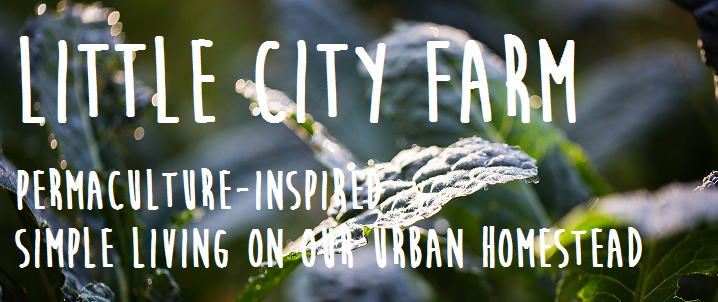These are ten simple principles to help create a more healthy, ecological home. (partially excerpted from Natural Home Magazine, July-Aug 2007 - all comments in italics added by Karin).
1) Plenty of Daylight
South-facing windows provide natural daylight, and the sun's rays help keep rooms warmer in the winter. Shading windows in summer (curtains, blinds, treecover) protects against overheating.
2) Air Circulation
Indoor air quality is an essential component of any healthy home. To keep your air clean, choose cleaning products without toxic chemicals, and paints and wood finishes that are natural and contain few or no volatile organic compounds (VOCs). Use a high-efficiency air filter. Use only low-toxic adhesives and plastic-free grout when installing tile. Also add insulated windows that open fully and create cross-breeze with fresh air, rather than cranking up the air conditioner!
3) Compact Fluorescent Light Bulbs
If you can do just one thing to be more energy efficient, replace old incandescents with compact fluorescent bulbs. Some people also prefer light emitting diodes (LEDs) which can be more expensive but use very little energy.
4) Energy-Conserving Building Envelope
Most houses leak air. Holes and gaps in the wall, roof, foundation, doors and windows allow air loss, which results in winter heat loss and summer heat gain. Tight construction, good insulation and high-performance windows are key. Use weather stripping and caulking. Get a home energy audit from an accredited organization such as REEP, to find out where you could improve your home's energy use. When renovating, consider retrofitting rather than building new, and use renewable or reclaimed, or natural building materials whenever possible. Consider the size of footprint your home takes up - how much space do you really need?
5) Indoor-Outdoor Connection
Doors that open onto an inviting patio can exend your living space to the outdoors.
6) Water Conservation
Low-flow plumbing fixtures save substantial amounts of water. Low-flow toilets only use 1.6 gallons of water per flush (compared to older models which use 5 gallons per flush). Also, limit times flushing toilet, or install a composting toilet. Use low-flow showerheads which use 2.5 gallons of water per minute or less (compared to 5-8 gallons per minute).
7) Sustainable Landscaping
Rain gardens, ponds, birdbaths and streams are great for the environment, create friendly habitat, and are relaxing for us. Native and drought-resistant plants require less water and maintenance than lawns. Organic gardening builds the soil, and does not use toxic chemicals. Consider growing food not lawns!
8) Energy-Efficient Appliances
Check for Energy Star labels on kitchen, laundry and bath appliances and fixtures. Get rid of your dryer, in favour of an outdoor clothesline. Remove the microwave!
9) Renewable Energy
Solar, wind, water and geothermal are all renewable forms of energy. Although installing solar panesl or a wind generator is a fabulous goal, it may not be attainable immediately if you have budget constraints. A great right-now solution is to buy wind-generated or other renewable power from your local utitly - it may be as simple as marking a little box on your energy bill to sign up. In many areas it's not much more expenseive than conventional energy. Also take a look at solar water heaters, which can pay for themselves quickly by reducing energy bills.
10 ) Location!
Living close to your workplace, shopping, and recreation reduces your car dependence. Join a car co-op, ride your bike, walk or carpool to get around town. Take the train rather than jetting across the country by plane.

No comments:
Post a Comment